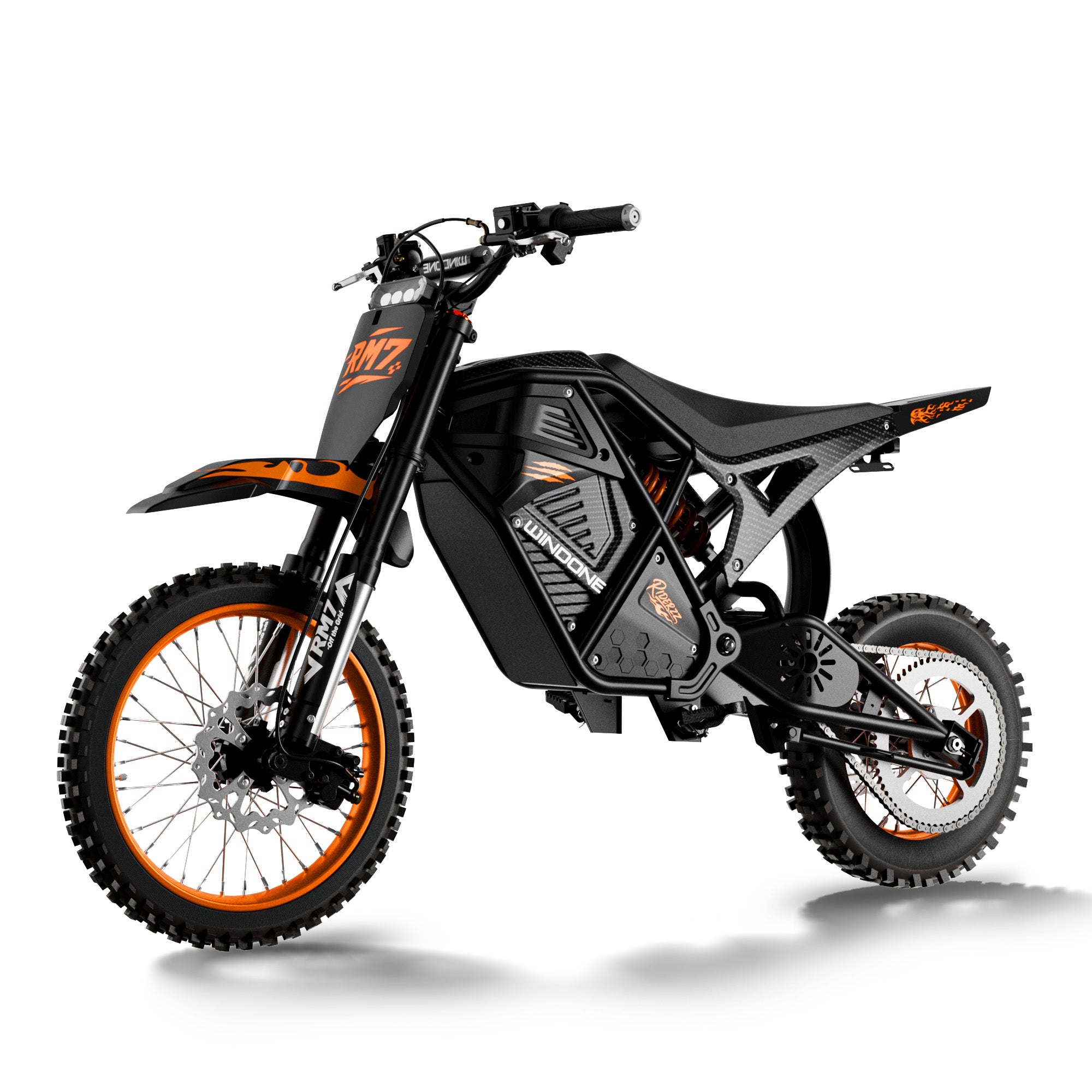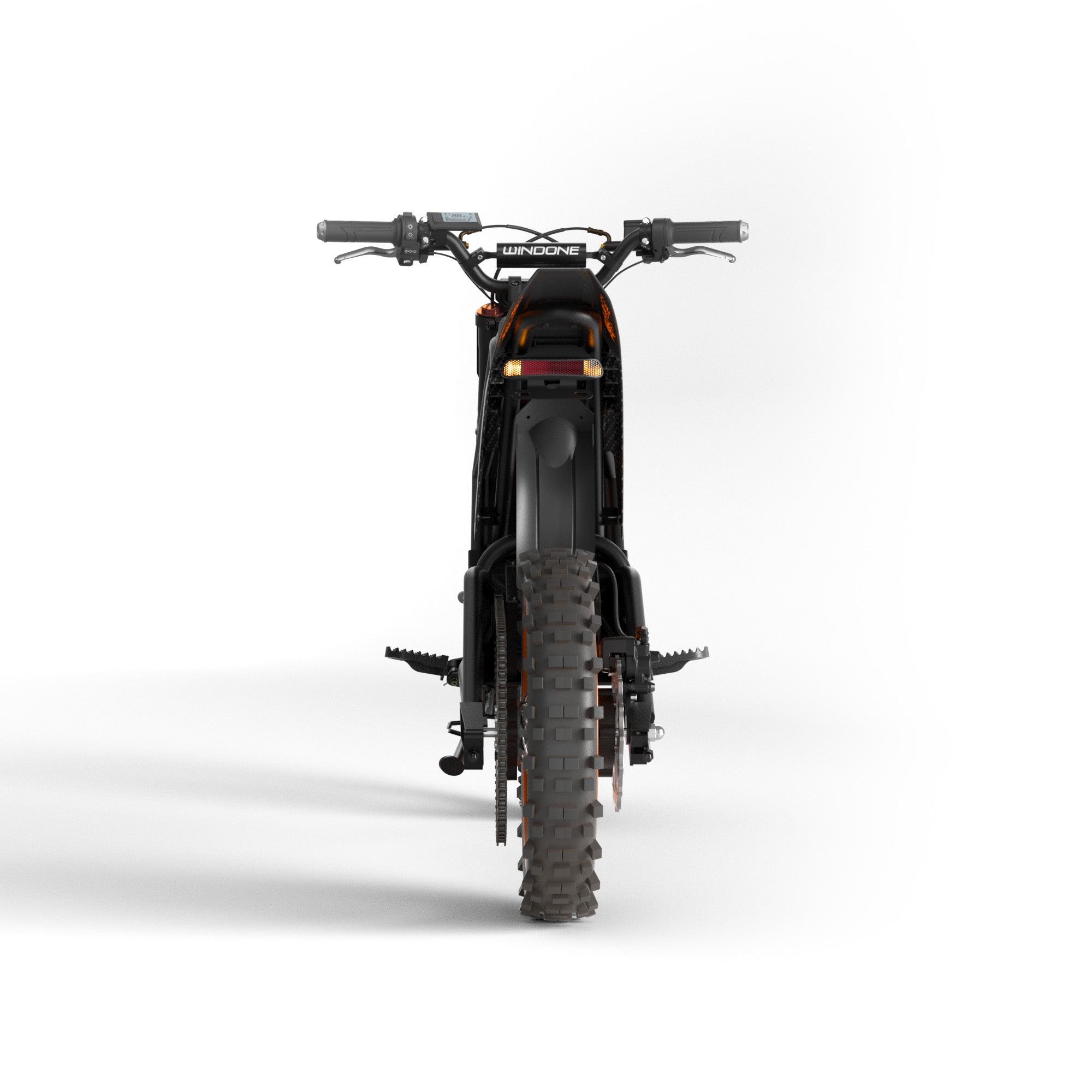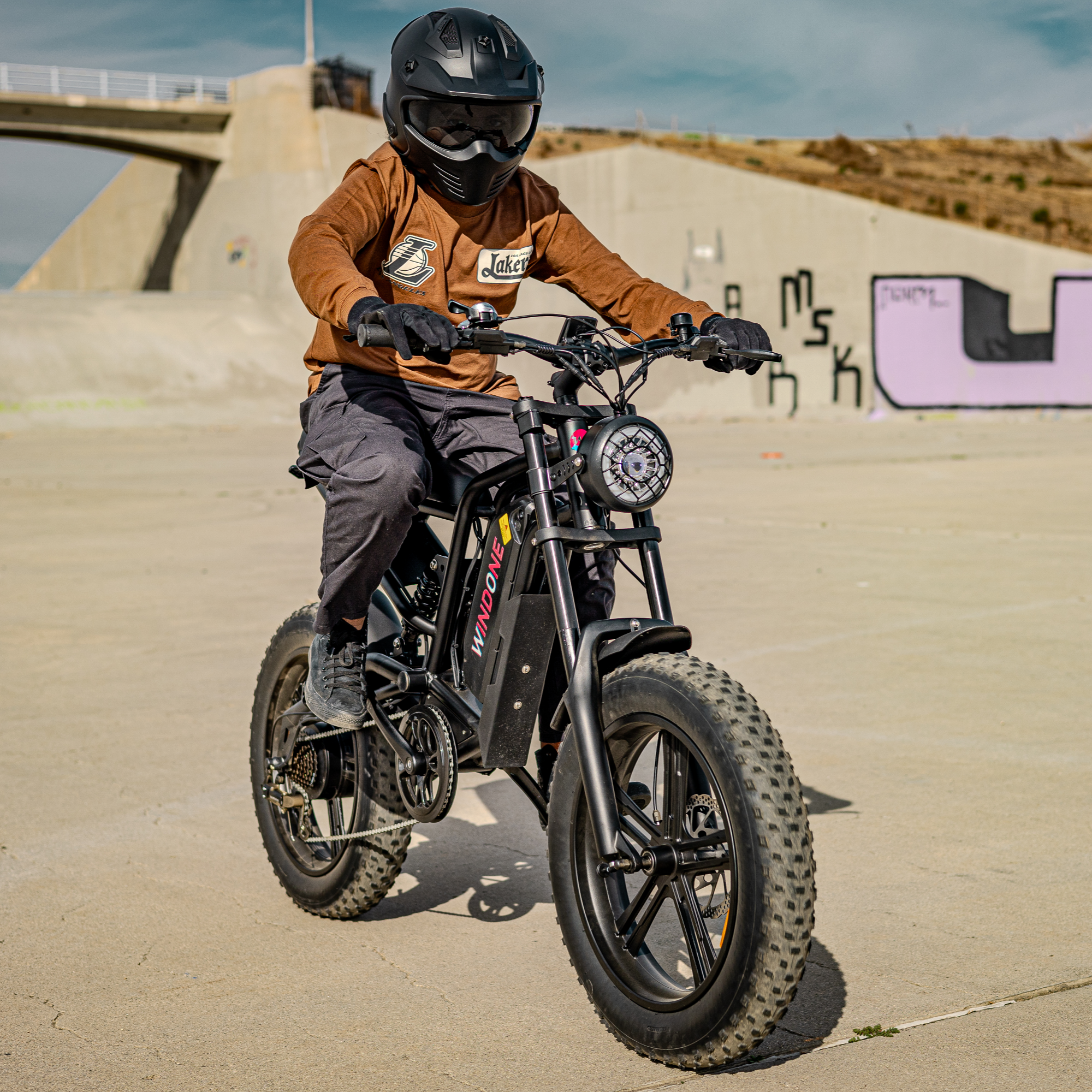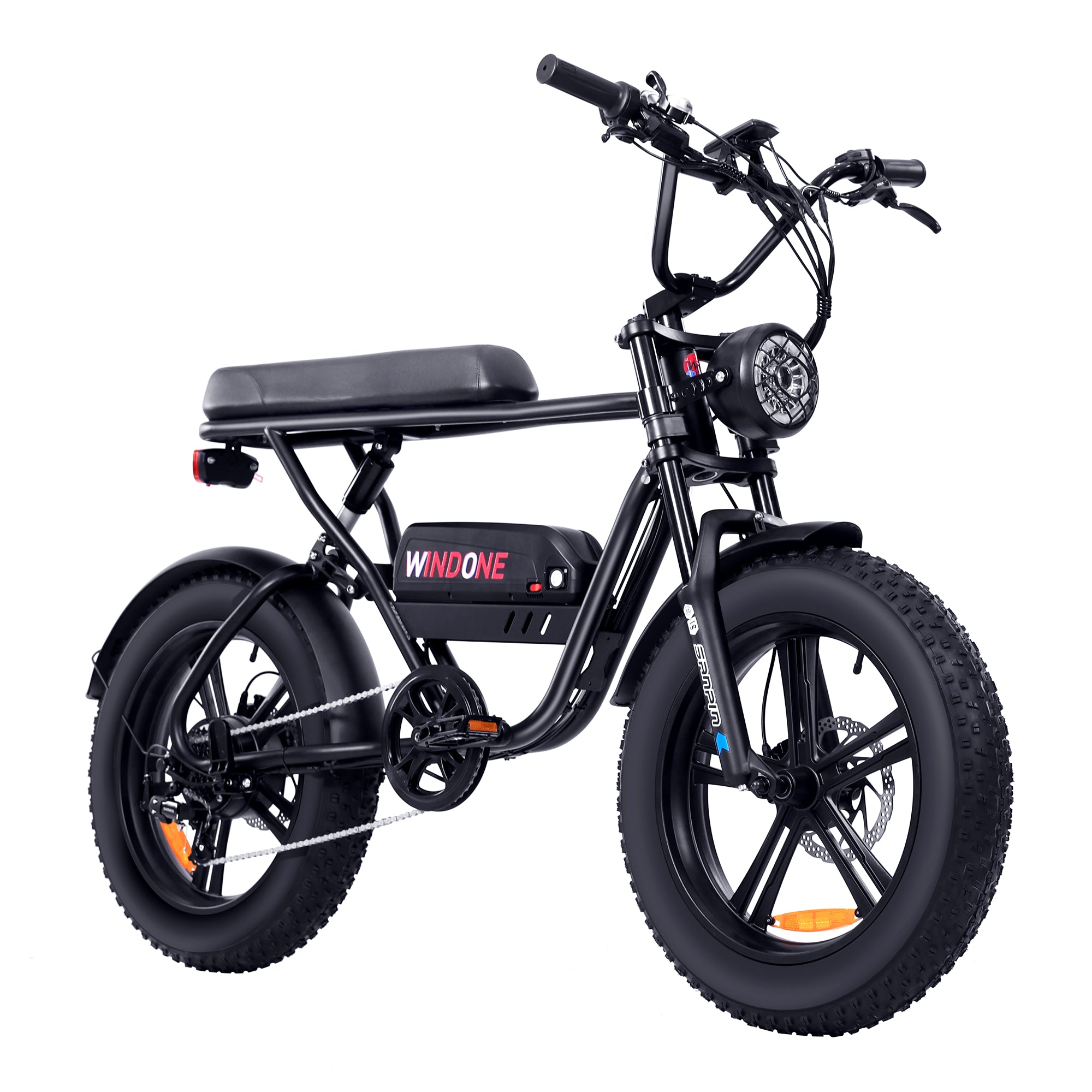You're staring at your car keys, dreading another bumper-to-bumper commute when a cyclist breezes past your window. "Could that be me?" you wonder.
The hybrid bike sits in that sweet spot between road racer and mountain beast. But for your daily commute? That's the real question.
In this guide, we'll cut through the marketing fluff and explore whether hybrid bikes for commuting actually deliver on their jack-of-all-trades promise. No sugar-coating, just practical insights from riders who've put thousands of miles on their hybrids.
By the time you finish reading, you'll know exactly if that hybrid calling your name from the bike shop window deserves your hard-earned cash.
But first, there's something about hybrid bikes that almost nobody mentions until it's too late...
What Is a Hybrid Bikes?
What defines a hybrid bike
Hybrid bikes are exactly what they sound like – a clever mix of road and mountain bikes, taking the best features from each. Think of them as the Swiss Army knife of bicycles. They feature the comfortable upright riding position of a mountain bike but with the lighter frame and faster wheels of a road bike.
Most hybrids come with medium-width tires that handle both pavement and light trails without breaking a sweat. They typically have flat handlebars (like mountain bikes) rather than the drop bars you see on road bikes, making them much more comfortable for casual riders.
How hybrids differ from road and mountain bikes
Comparing these bikes is like comparing running shoes to hiking boots – each has its specialty:
|
Feature |
Hybrid Bikes |
Road Bikes |
Mountain Bikes |
|
Tires |
Medium width (32-42mm) |
Narrow (23-32mm) |
Wide (2.1-2.6") |
|
Frame |
Moderately lightweight |
Lightweight |
Sturdy, heavy |
|
Position |
Upright, comfortable |
Forward-leaning |
Upright |
|
Speed |
Moderate |
Fast |
Slow on pavement |
|
Terrain |
Versatile |
Pavement only |
Rough trails |
Road bikes are built for speed and efficiency on smooth surfaces, while mountain bikes excel on rough terrain with their suspension and chunky tires. Hybrids sit happily in the middle.
Key features that make hybrids suitable for commuting
Hybrid bikes nail the commuting game with several standout features:
-
Mounting points for racks, fenders, and bags – perfect for carrying your work stuff
-
Upright riding position giving you better visibility in traffic
-
Wider tires to handle potholes, curbs, and occasional gravel
-
Comfortable saddles designed for daily rides
-
Many come with integrated lights or easy mounting options
-
Quick and nimble enough for navigating city streets
Popular hybrid bike models for commuters
Some hybrid bikes have developed cult followings among commuters:
-
Trek FX series – lightweight aluminum frames with multiple price points
-
Specialized Sirrus – sporty feel with city-friendly features
-
Giant Escape – budget-friendly yet reliable
-
Cannondale Quick – responsive handling with urban-specific designs
-
Marin Fairfax – fantastic value with quality components
Pros of Commuting on Hybrid Bikes
A. Versatility across different terrains and weather conditions
Hybrid bikes truly shine when it comes to handling different surfaces. Unlike road bikes that struggle on gravel or mountain bikes that feel sluggish on pavement, hybrids tackle both with ease.
I ride mine through city streets, park trails, and even light gravel paths on my daily commute without missing a beat. When it rains? No problem. The slightly wider tires provide better traction than skinny road tires, making wet conditions much less sketchy.
B. Comfortable upright riding position reduces strain
Your body will thank you for choosing a hybrid. The more upright position takes pressure off your wrists, neck, and lower back – crucial when you're commuting daily.
After riding 5 miles to work on my hybrid, I can walk straight into a meeting without feeling like I need a shower and a massage. Compare that to the hunched-over racing position on a road bike!
C. Practical features like rack mounts and fender compatibility
Hybrid bikes are built for real life. Most come with mounting points for racks, fenders, and lights – essential for commuters carrying stuff to work or riding in wet weather.
I've got a rear rack for my laptop bag and front and rear fenders that keep road spray off my work clothes. Try that with a carbon road bike or full-suspension mountain bike!
D. Cost-effectiveness compared to specialized bikes
Why buy two or three bikes when one will do? A decent hybrid costs way less than buying separate road and mountain bikes.
Most quality hybrids run between $400-$800, while equivalent specialized bikes can easily cost double that – each. Plus, you're maintaining just one bike instead of multiple.
E. Durability for daily use
Hybrids are workhorses built to handle daily abuse. Their components strike a balance between lightweight performance and rugged durability.
My hybrid has survived three years of daily commuting with basic maintenance. The wheels stay true, the drivetrain keeps shifting smoothly, and the frame has weathered countless lockups outside coffee shops and grocery stores without issue.
Cons of Commuting on Hybrid Bikes
A. Heavier than dedicated road bikes
Hybrid bikes typically tip the scales at 24-28 pounds while most road bikes weigh in at a svelte 18-22 pounds. Those extra pounds might not seem like much on paper, but they make a real difference when you're pedaling up hills or carrying your bike up apartment stairs after a long day at work.
The added weight comes from the more robust frame, wider tires, and extra components that make hybrids versatile. Sure, this gives you durability and flexibility, but your legs will definitely feel those extra pounds during your daily commute.
B. Not as fast on smooth pavement
Honest talk - if you're riding primarily on smooth city streets, a hybrid won't let you zip around as quickly as a road bike would. The wider tires create more rolling resistance, and the more upright position isn't as aerodynamic.
When you're running late for a meeting, those performance differences become pretty obvious. Road bikes can easily maintain 3-5 mph faster speeds on flat pavement with the same effort. Over a 5-mile commute, that could mean arriving 5-10 minutes earlier.
C. Less efficient for very long commutes
Got a commute over 10 miles each way? A hybrid bike might not be your best friend. On those longer hauls, the efficiency limitations really start to add up.
The less aerodynamic riding position puts more strain on your body over distance. You'll work harder to maintain speed, which means arriving at work sweatier than your road-biking colleagues. For seriously long commutes, the energy savings of a proper road bike can make the difference between an enjoyable ride and a daily struggle.
Is a hybrid bike good for commuting?
If you're eyeing a hybrid bike for your daily commute, you're onto something good. These versatile machines offer the perfect middle ground between speedy road bikes and rugged mountain bikes.
Perfect Balance for City Streets
Hybrid bikes shine brightest on urban roads. With their upright riding position, you'll spot traffic better and be more visible to drivers – crucial when navigating busy streets. The medium-width tires roll smoothly over pavement while handling small bumps and cracks that would send road bike riders flying.
Comfort for Daily Riders
When you're commuting five days a week, comfort isn't optional – it's essential. Hybrid bikes deliver with:
-
Padded saddles that don't torture your sit bones
-
Ergonomic handlebars reducing wrist strain
-
Shock-absorbing frames that smooth out rough roads
Practical Features
Most hybrid bikes come ready for commuting life with:
-
Mounting points for racks and panniers (goodbye sweaty backpack!)
-
Fender compatibility to keep road spray off your work clothes
-
Chain guards that protect your pants from grease
Speed vs. Specialized Bikes
Hybrids won't match a road bike's speed or a mountain bike's off-road capability, but they're quick enough for most commutes while being much more practical. The 2-3 mph you might sacrifice compared to a road bike is often worth the comfort and versatility you gain.
For most commuters, hybrid bikes hit the sweet spot of performance, comfort, and practicality. They're the Swiss Army knife of bikes – not specialized but amazingly capable at handling daily riding needs.
Who Should Consider a Hybrid Bike for Commuting
A. Multi-surface commuters (roads, paths, light trails)
Got a mix of terrain on your commute? Hybrid bikes shine when your route includes a bit of everything.
These bikes handle paved roads like a champ, but won't leave you stranded when you hit that gravel shortcut or park trail. Their wider tires provide better grip on loose surfaces than road bikes, while still rolling efficiently on asphalt.
I've seen countless commuters who love their hybrids specifically because they can take that scenic path through the park without worrying about getting stuck or wiping out on a patch of gravel.
B. Riders prioritizing comfort over speed
Racing the clock isn't everyone's morning goal. If you'd rather arrive feeling good than arrive two minutes faster, a hybrid is your best friend.
The upright riding position saves your back and neck from the hunched-over posture road bikes demand. Plus, those slightly wider tires and often-included suspension features absorb bumps that would jolt through a stiffer road bike.
C. Budget-conscious commuters seeking versatility
Why buy multiple bikes when one can do it all? Hybrids typically cost less than specialized bikes while offering remarkable flexibility.
A decent hybrid starts around $400-500, while comparable road or mountain bikes often begin at $700+. You're essentially getting a bike that's 80% as good on roads as a road bike and 80% as capable on light trails as a mountain bike—at a fraction of buying both.
D. Casual riders who occasionally commute
If commuting isn't your only cycling activity, hybrids make perfect sense. They're weekend warriors too!
The same bike that gets you to work can handle a casual weekend ride with the family or an impromptu fitness session. This versatility means your bike actually gets used rather than collecting dust between commutes.









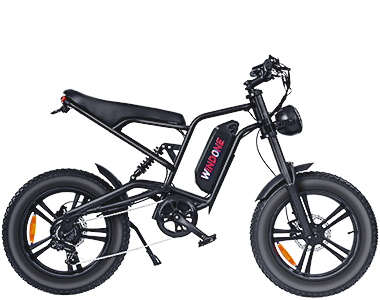
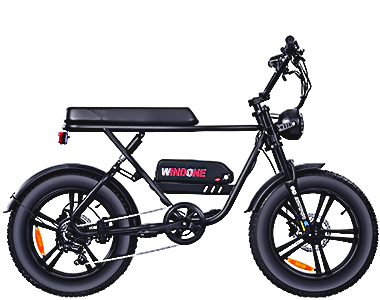
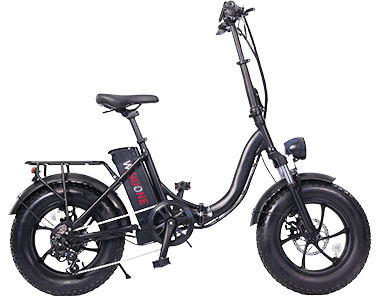
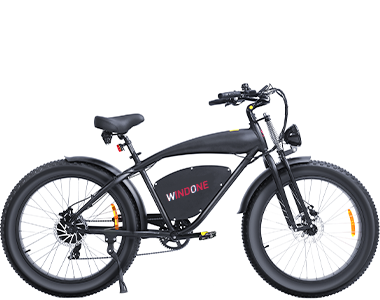
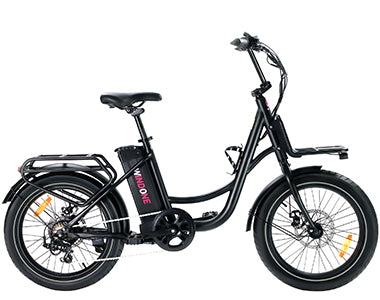
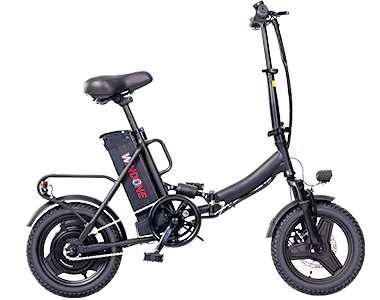


 Electric Inflator Pump
Electric Inflator Pump
 Ebike Locks
Ebike Locks
 Phone Holder
Phone Holder
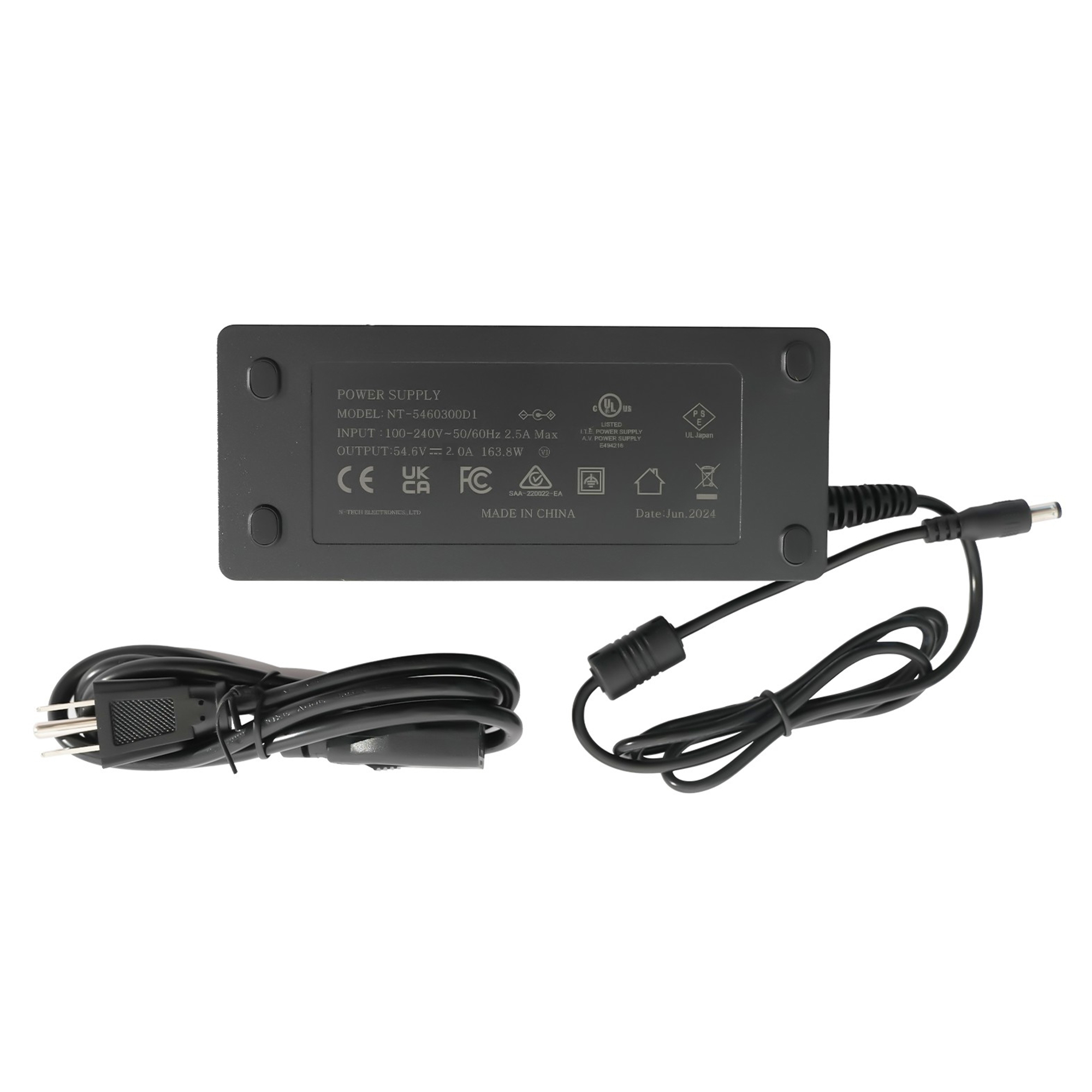
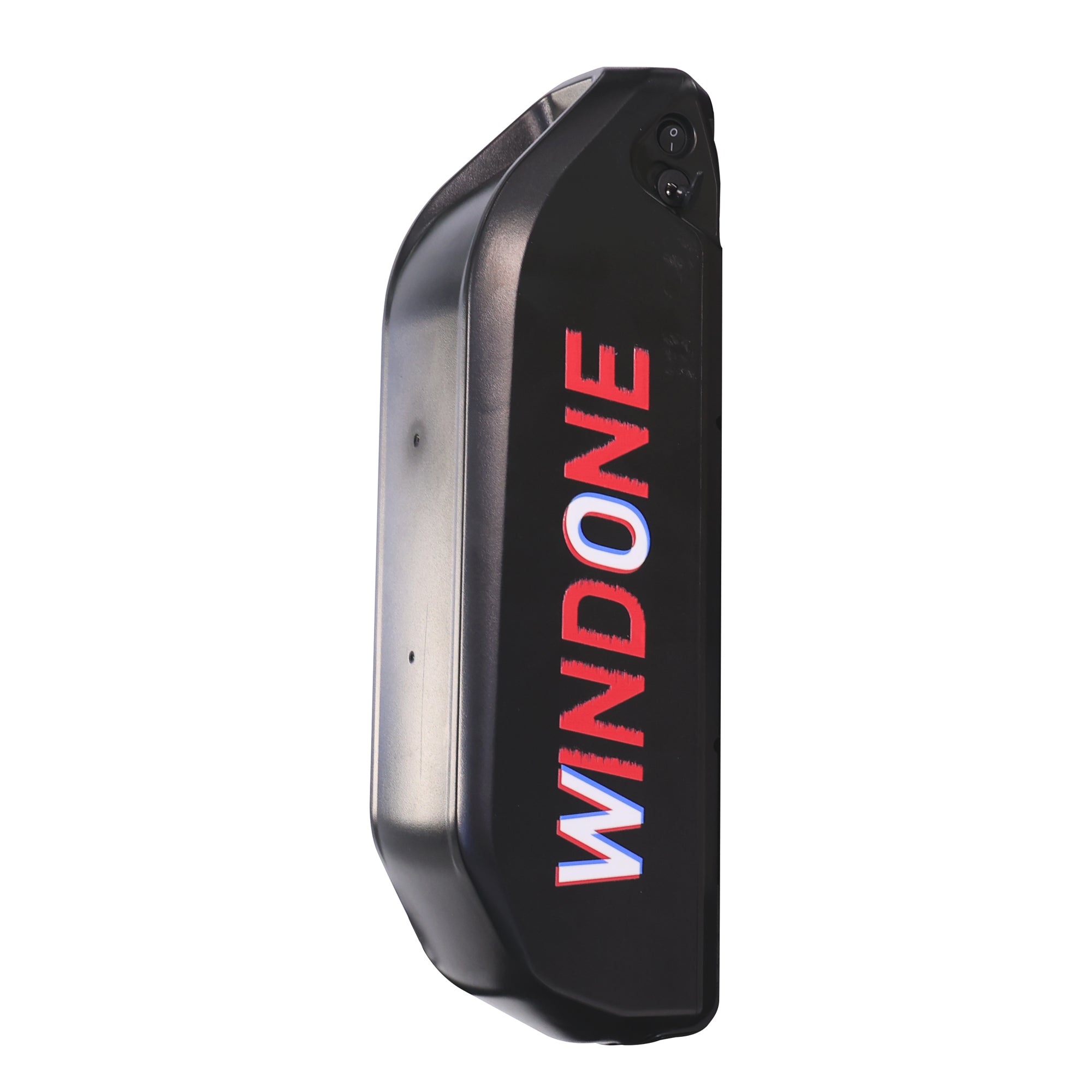
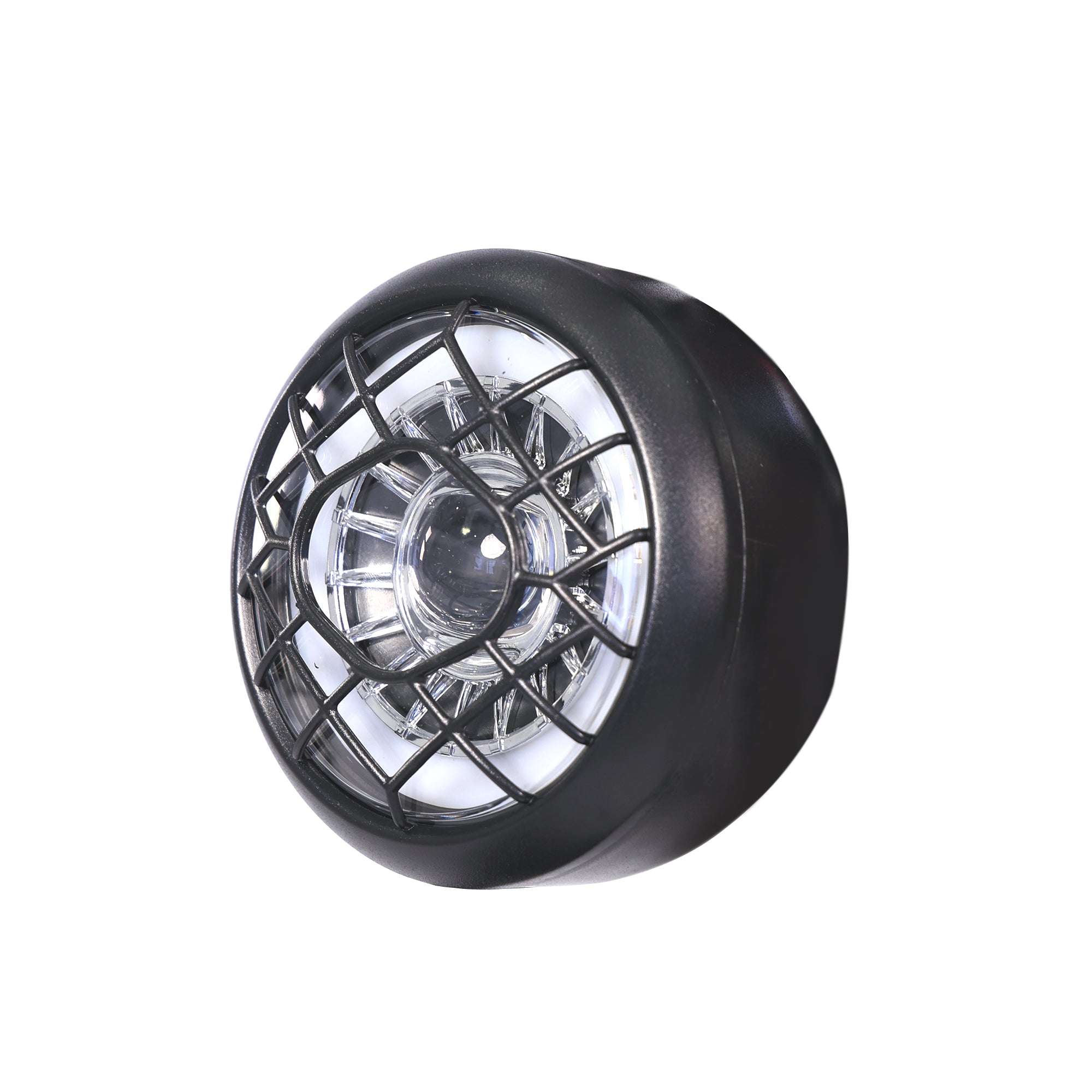
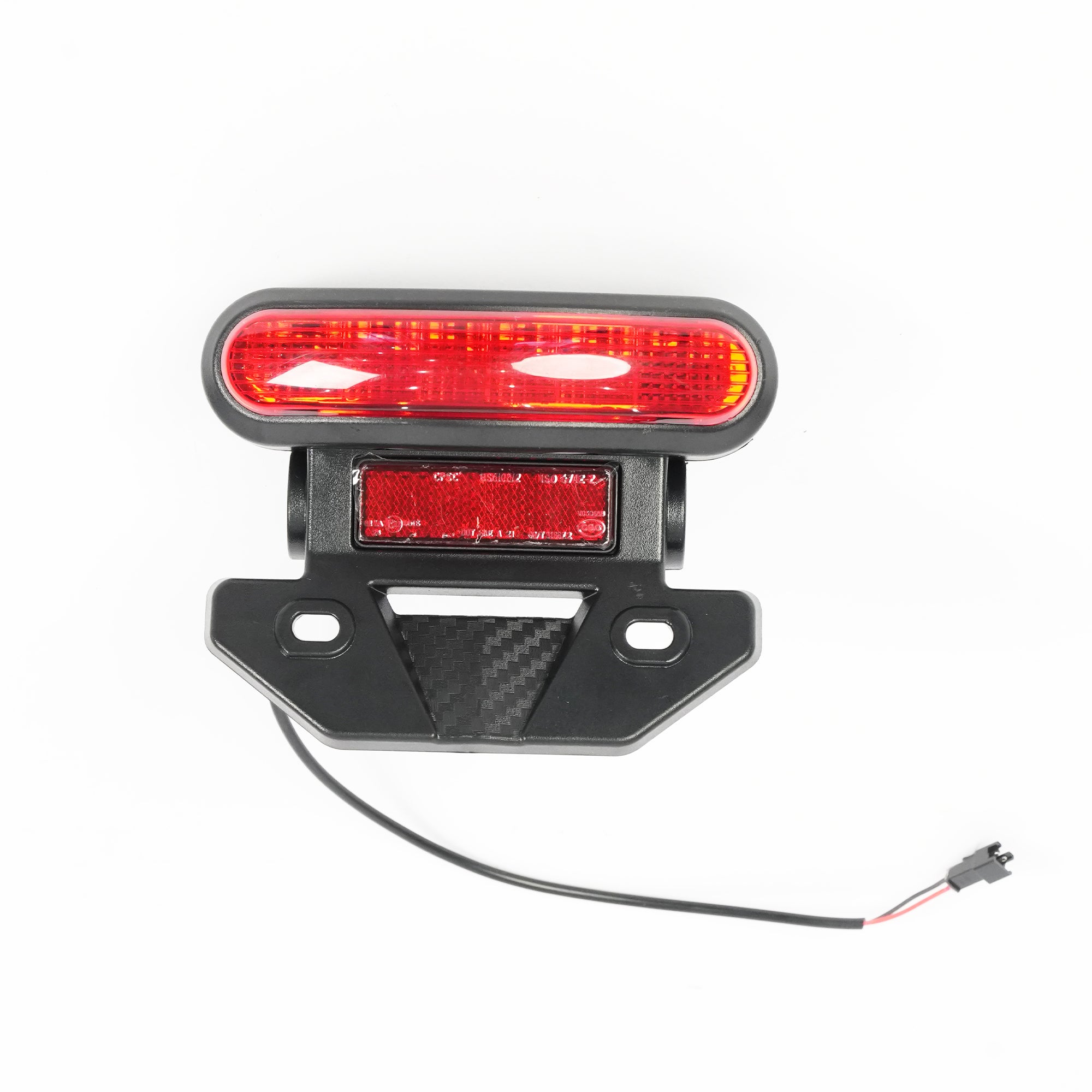
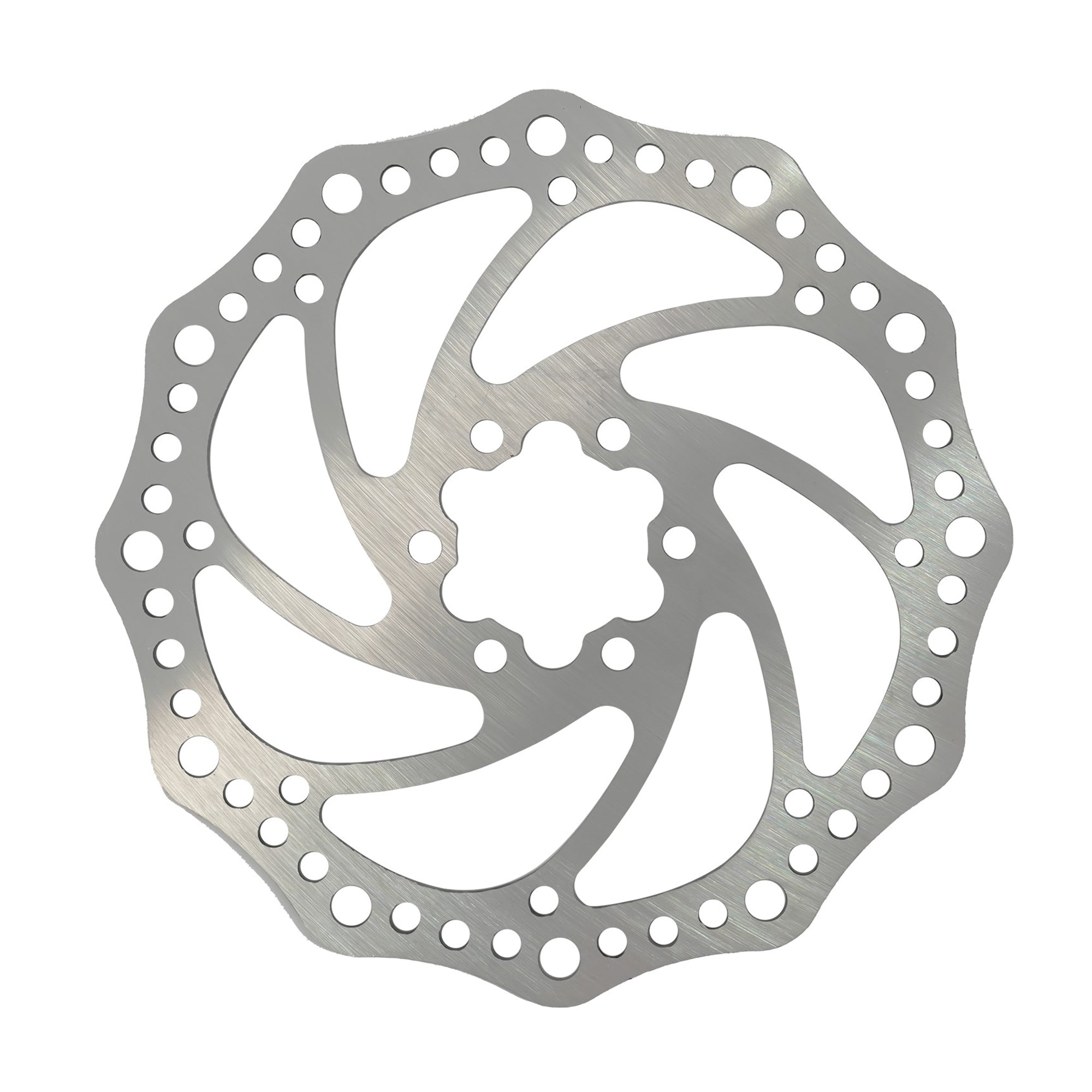
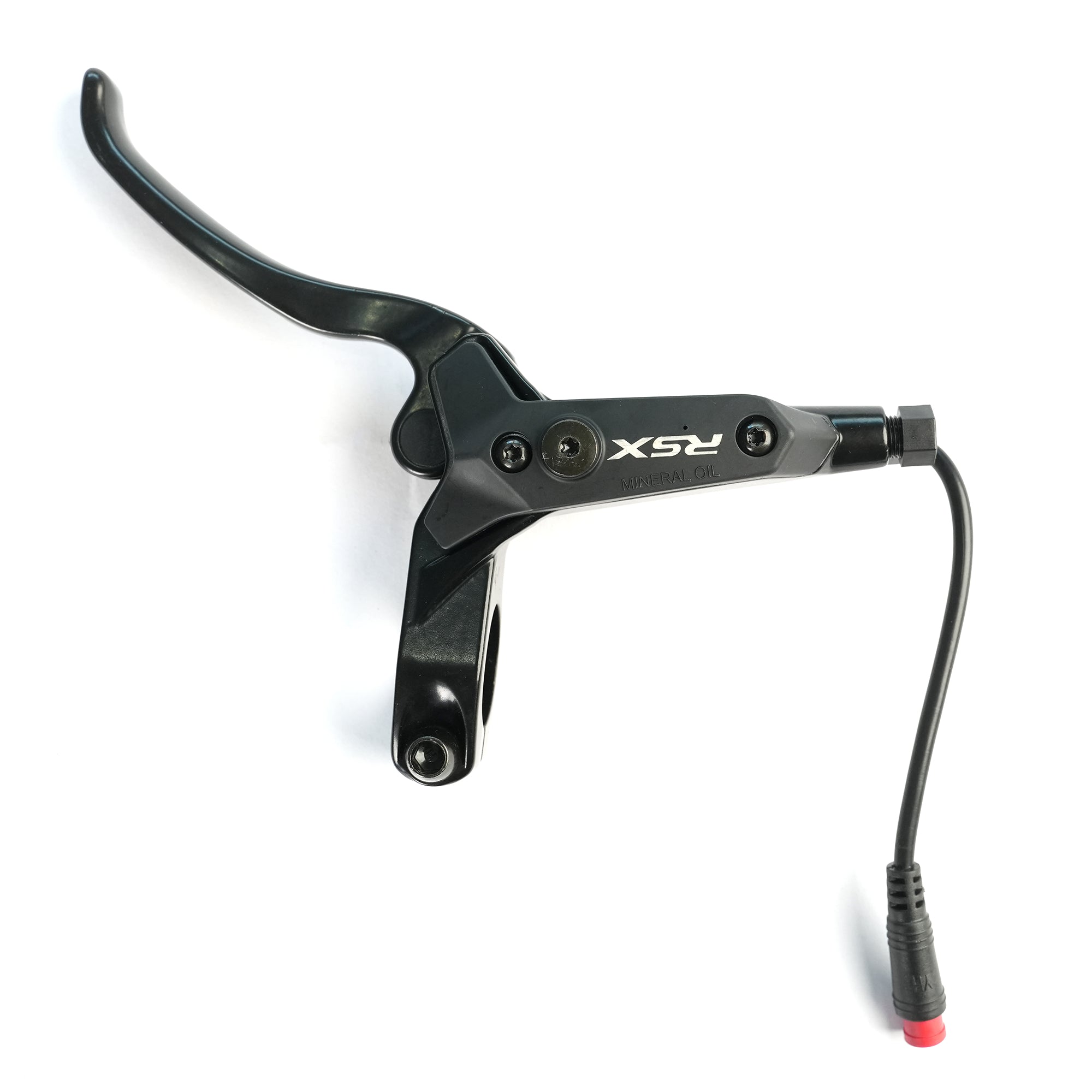
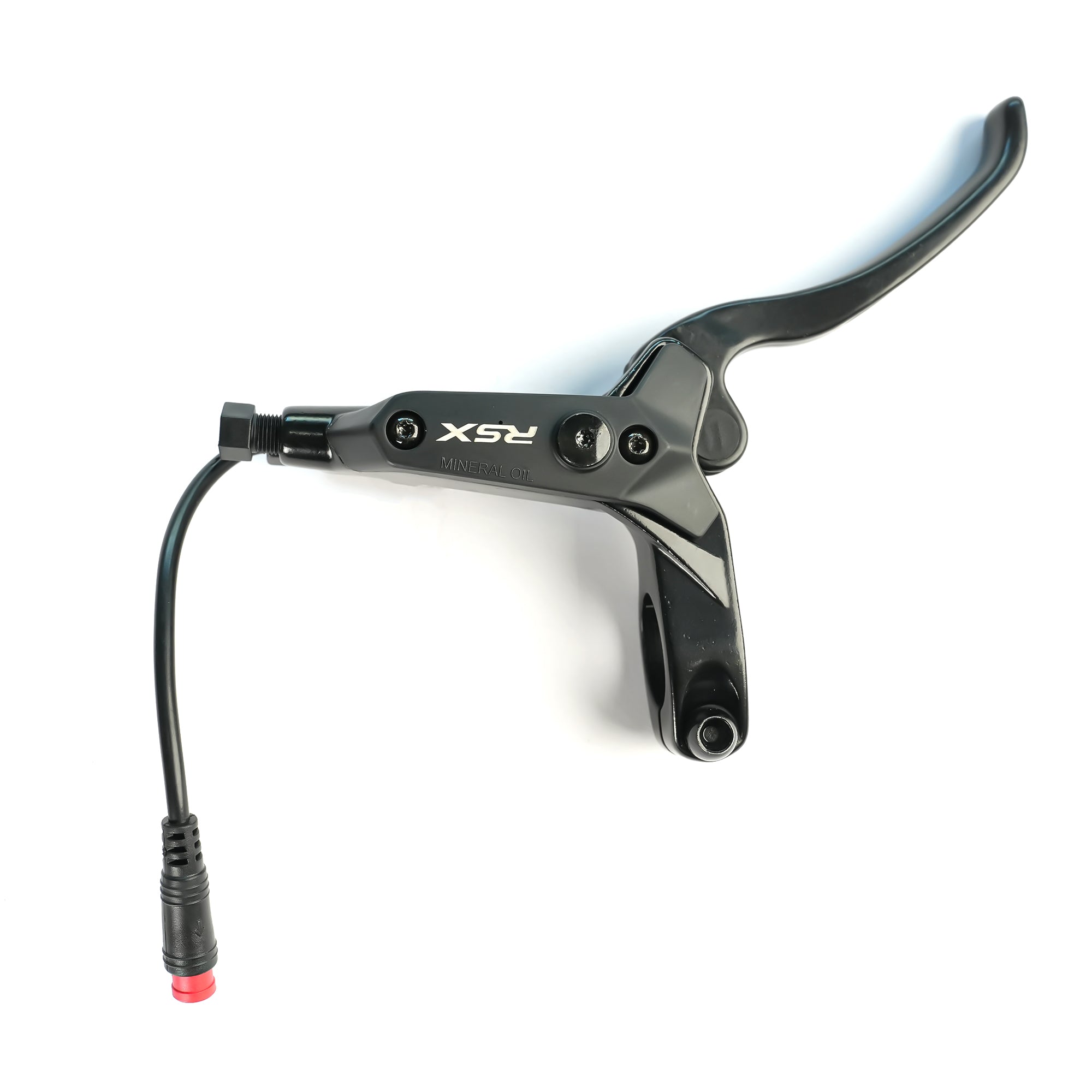
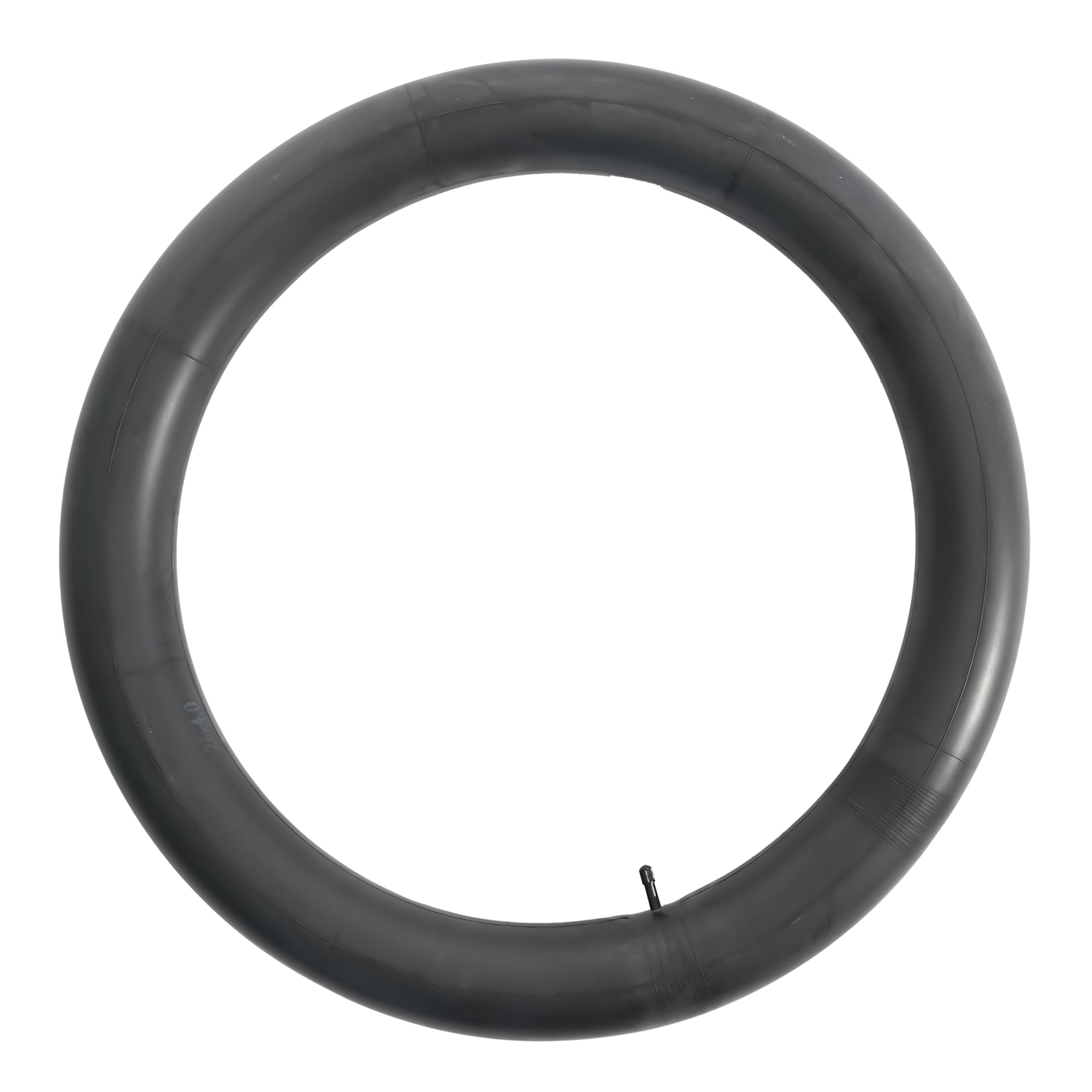
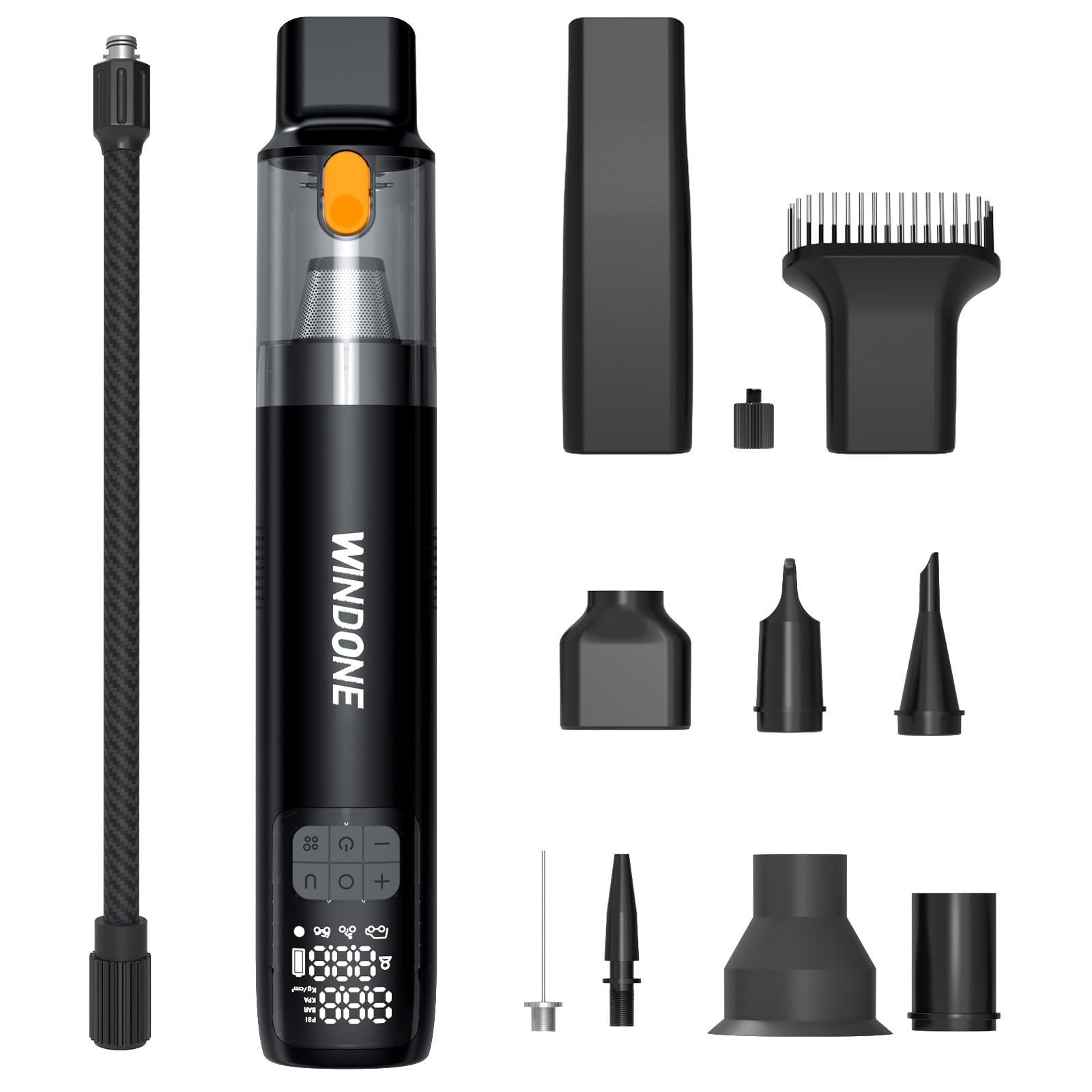
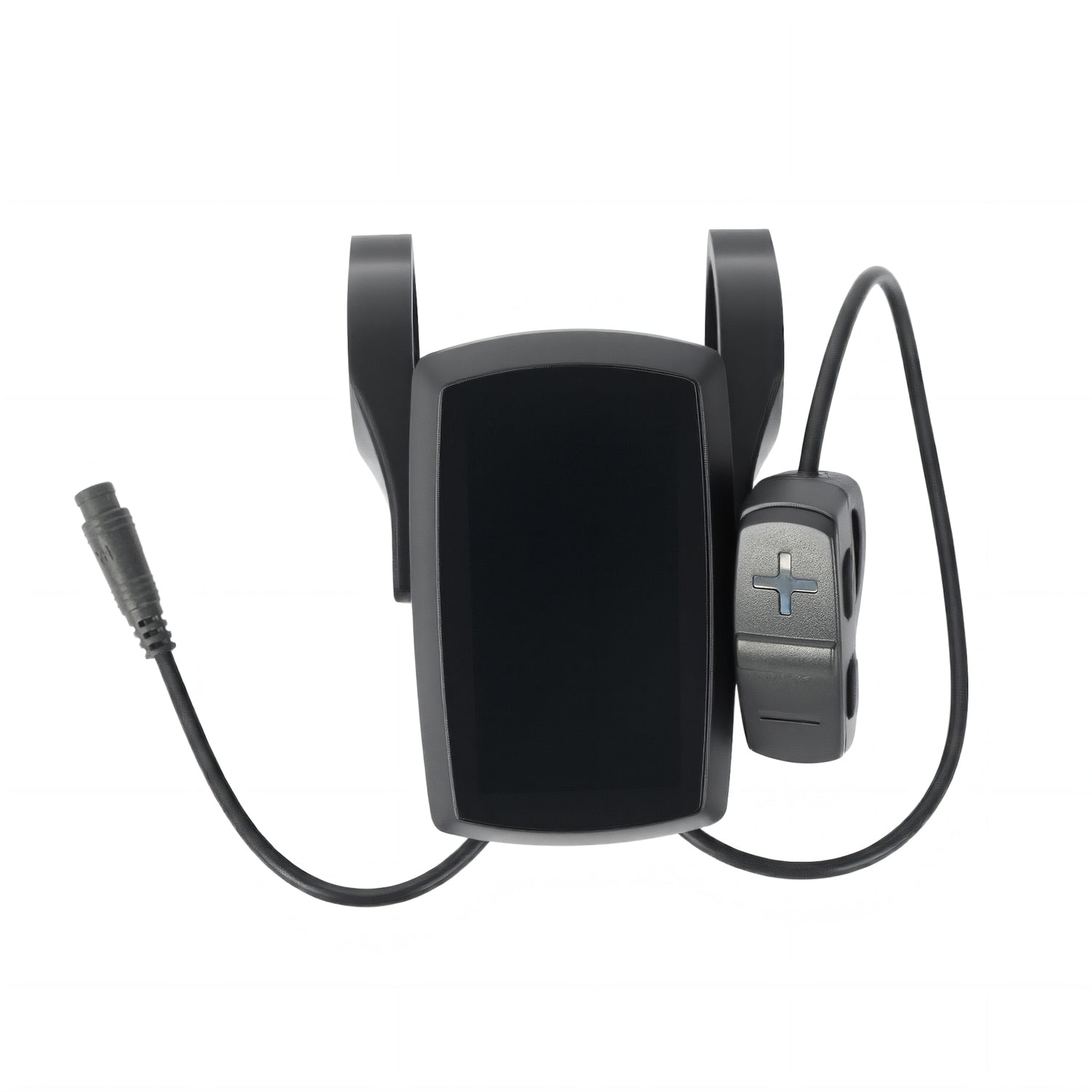
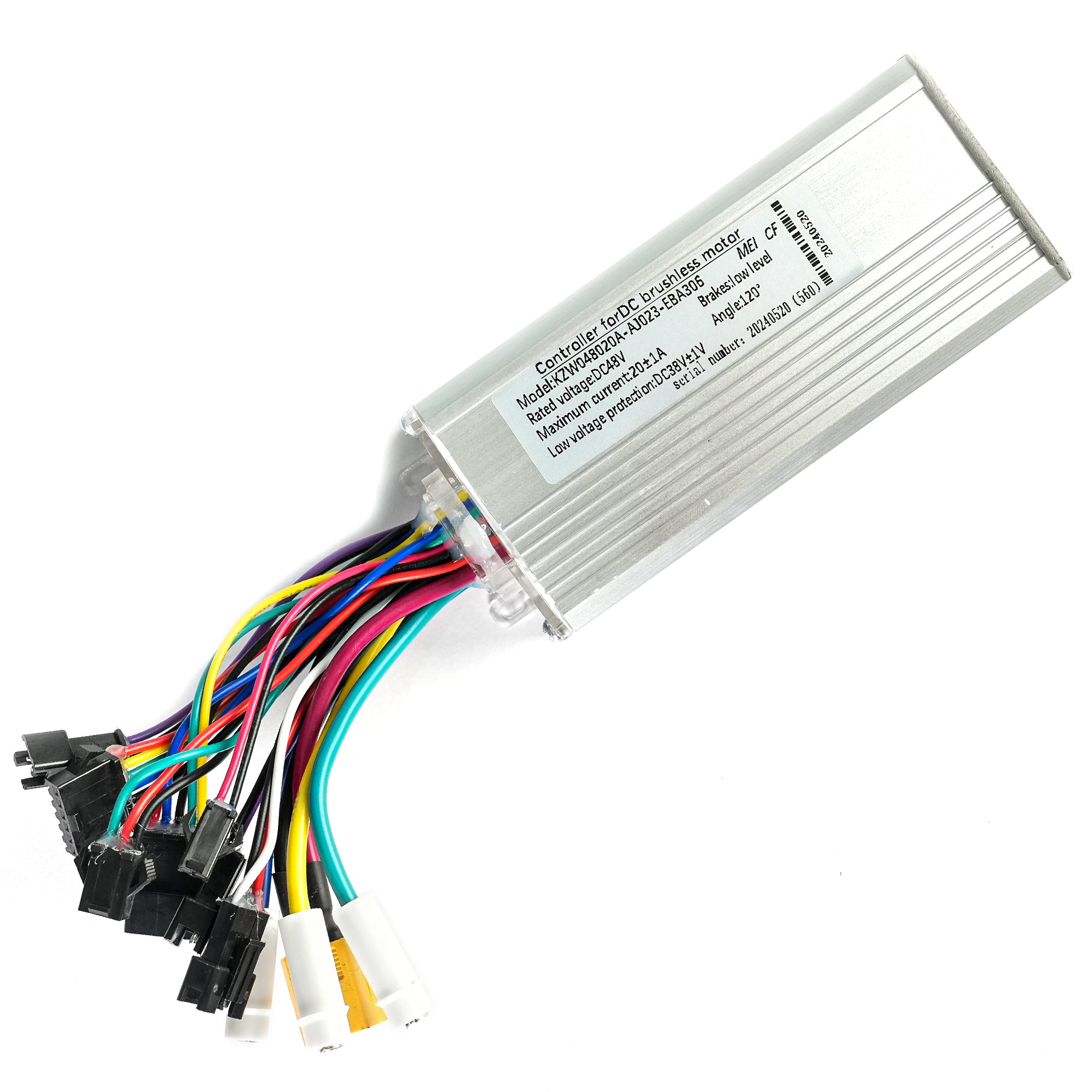
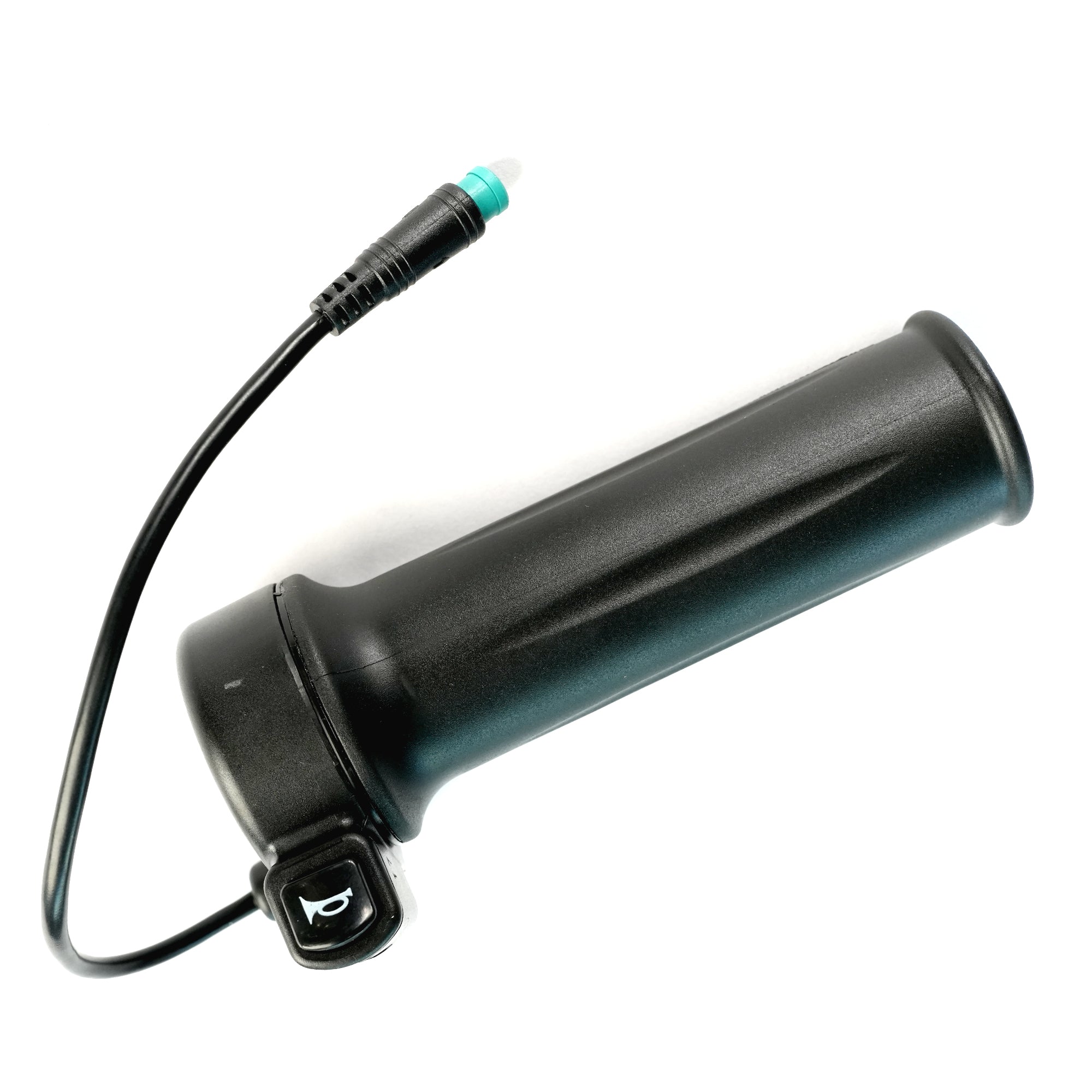
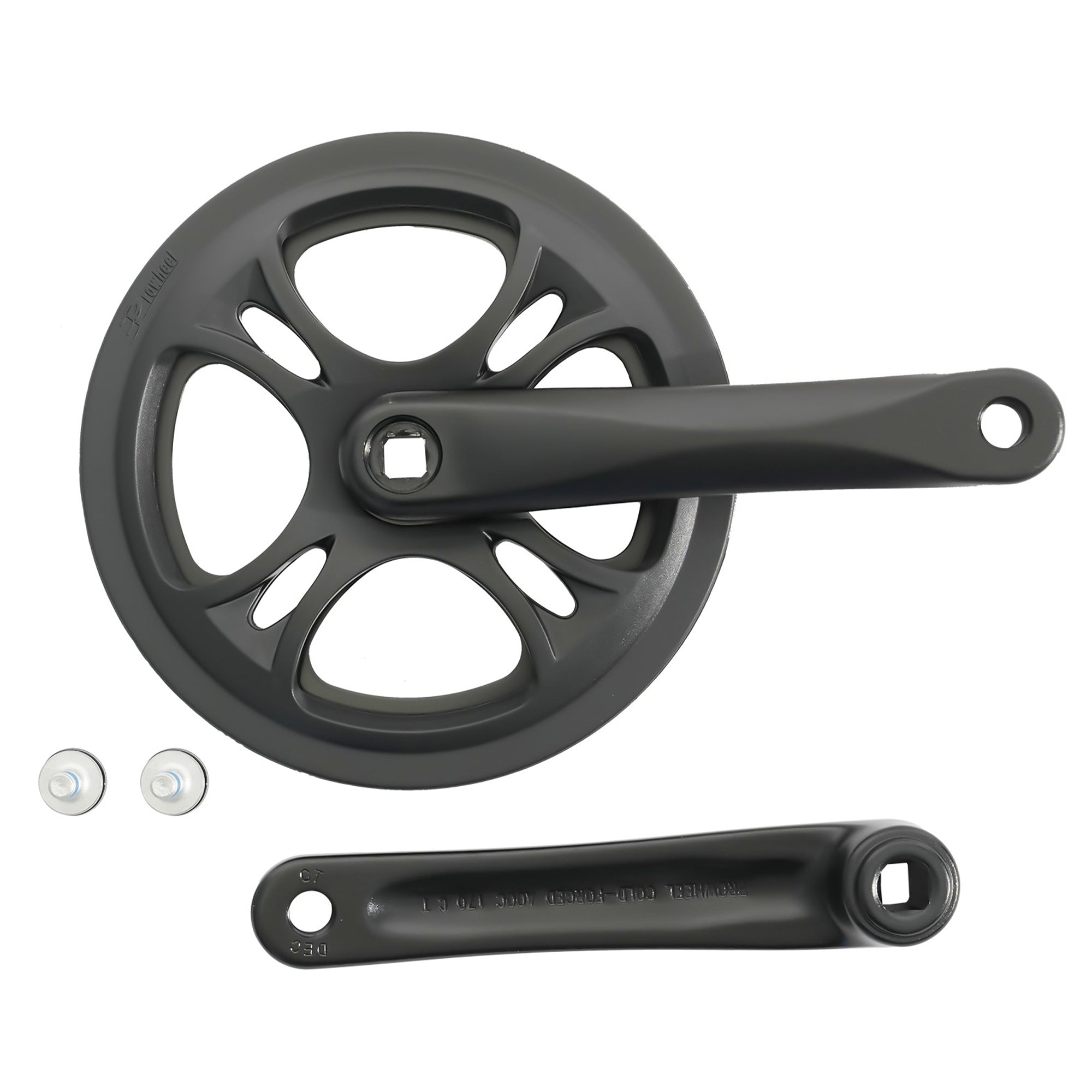
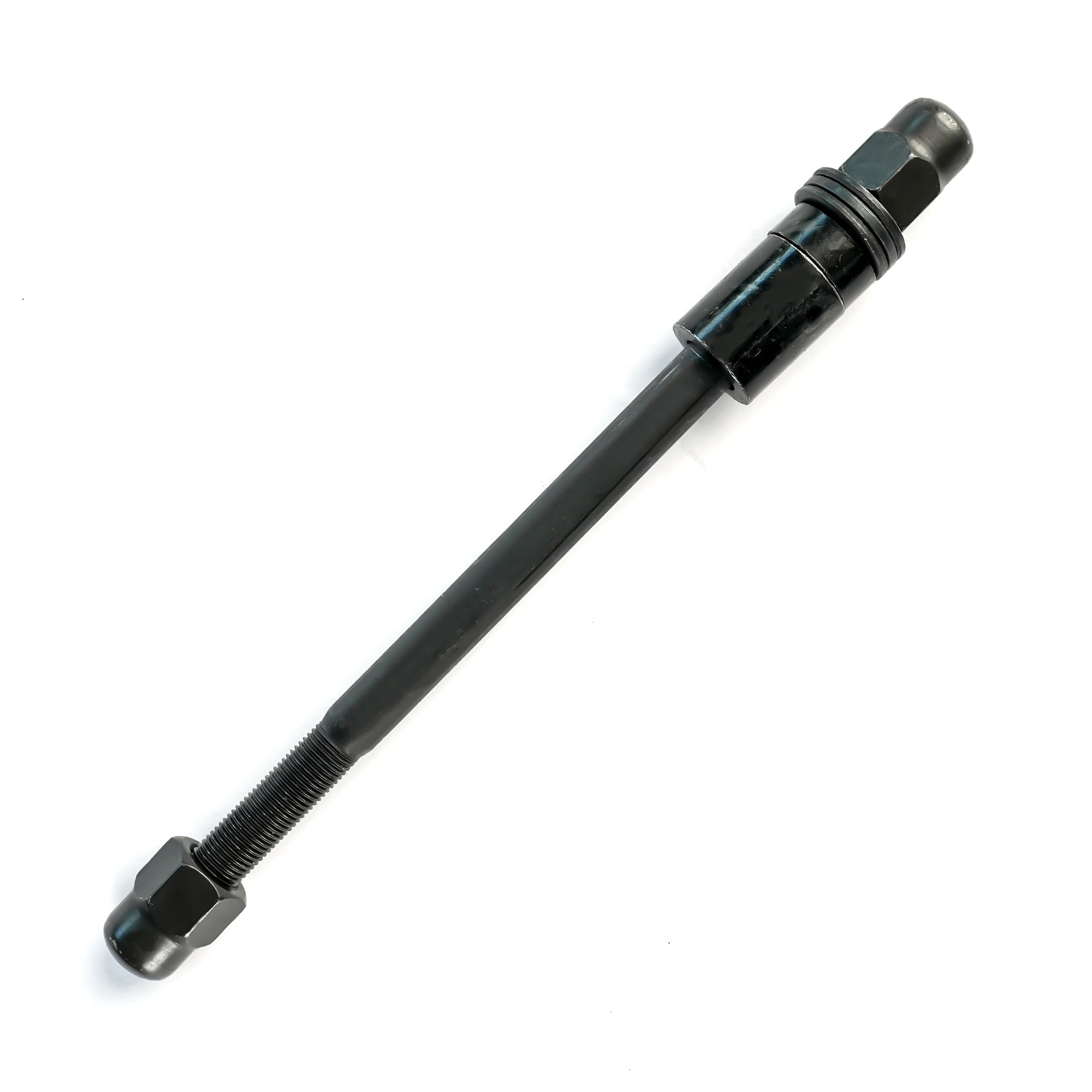
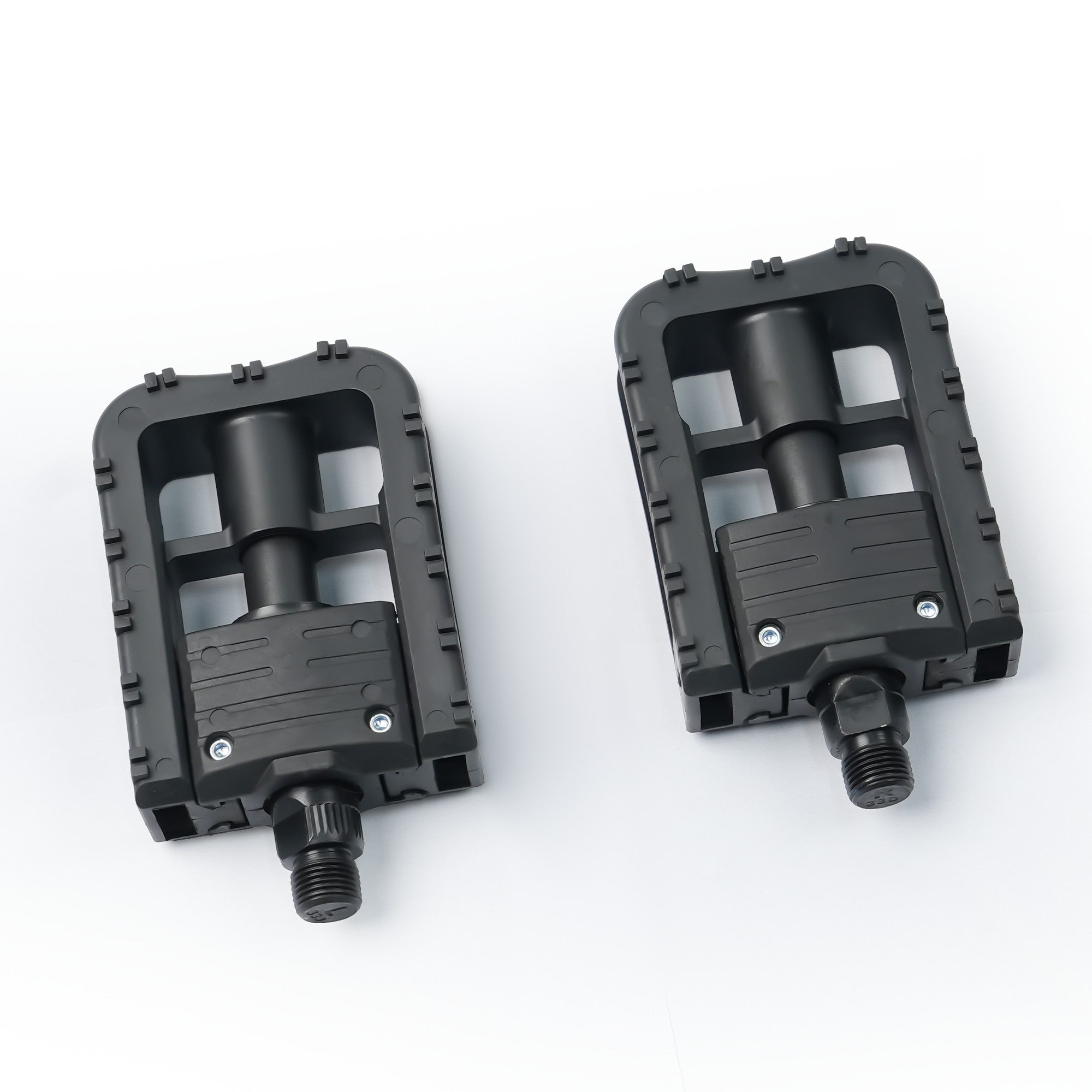
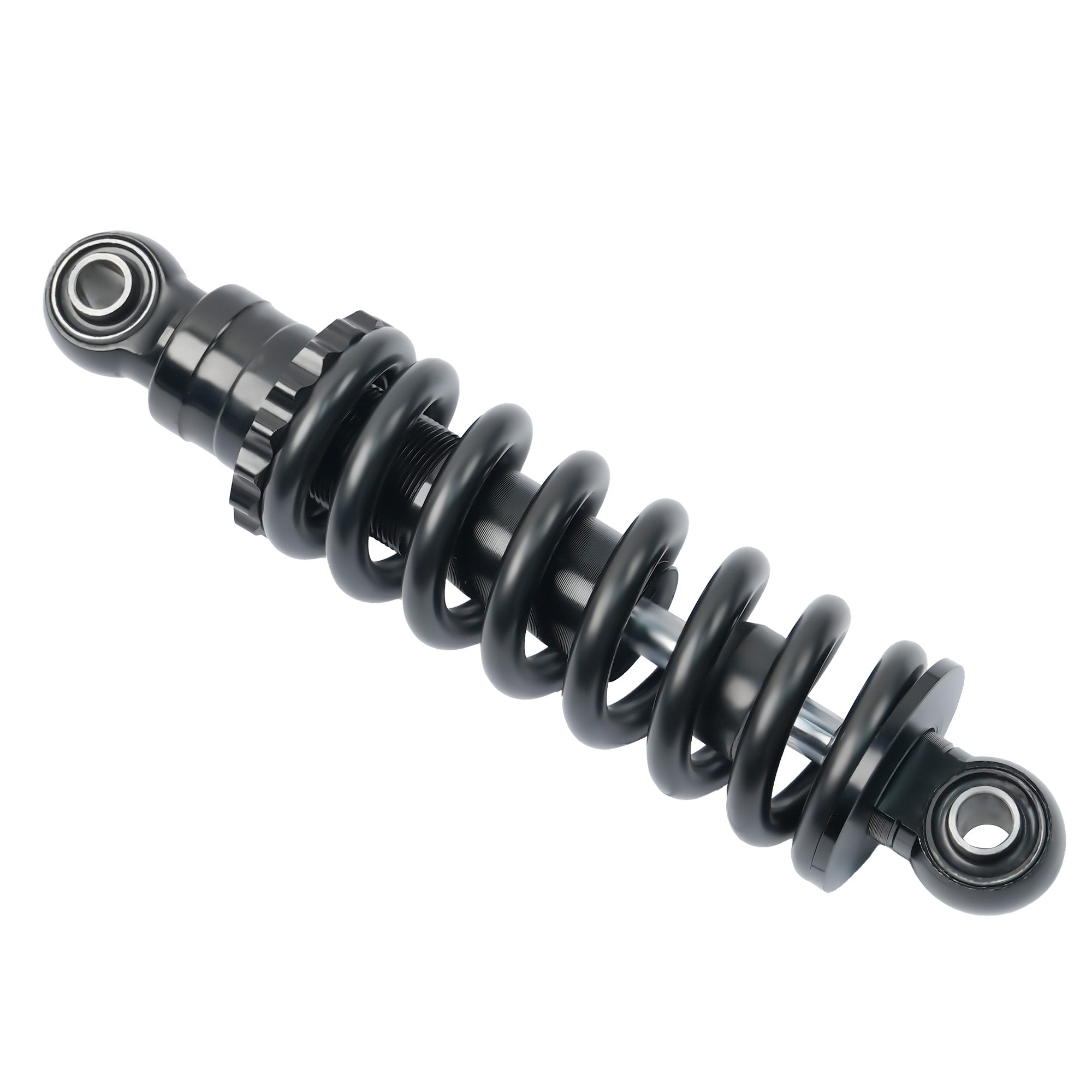
 Payment
Payment Afterpay Financing
Afterpay Financing Warranty
Warranty Shipping Policy
Shipping Policy Exclusive Discounts
Exclusive Discounts Track Your Order
Track Your Order Return & Refund
Return & Refund Referrals & Membership
Referrals & Membership User Manual
User Manual Contact Us
Contact Us FAQs
FAQs

